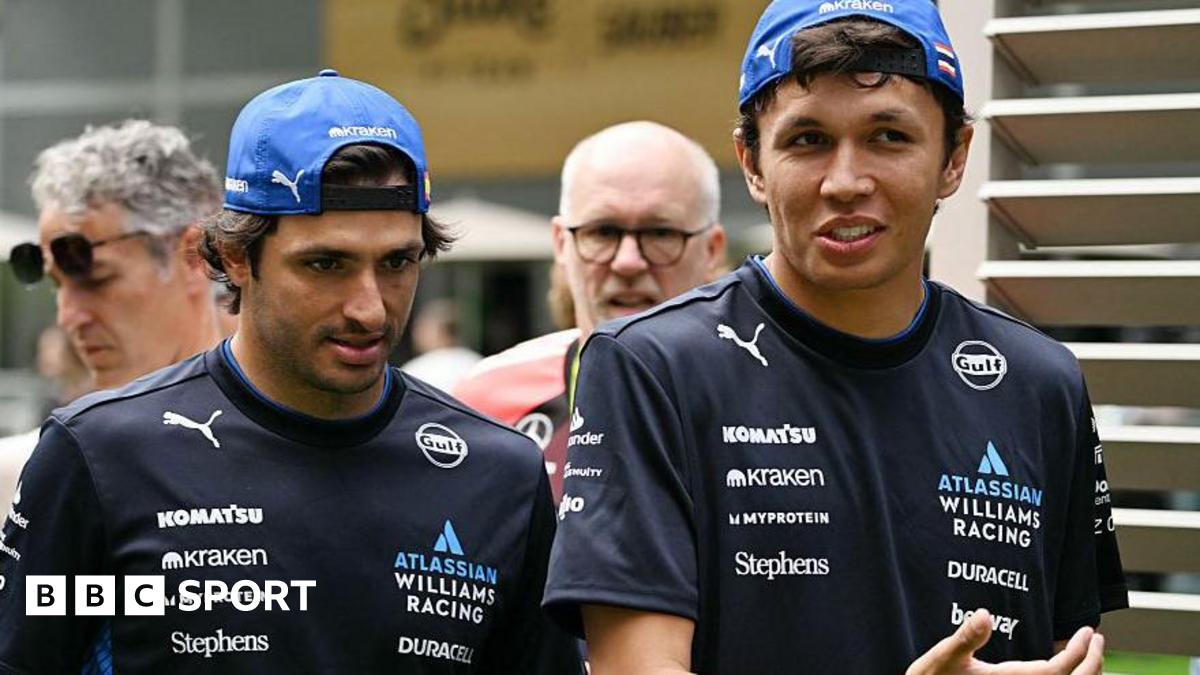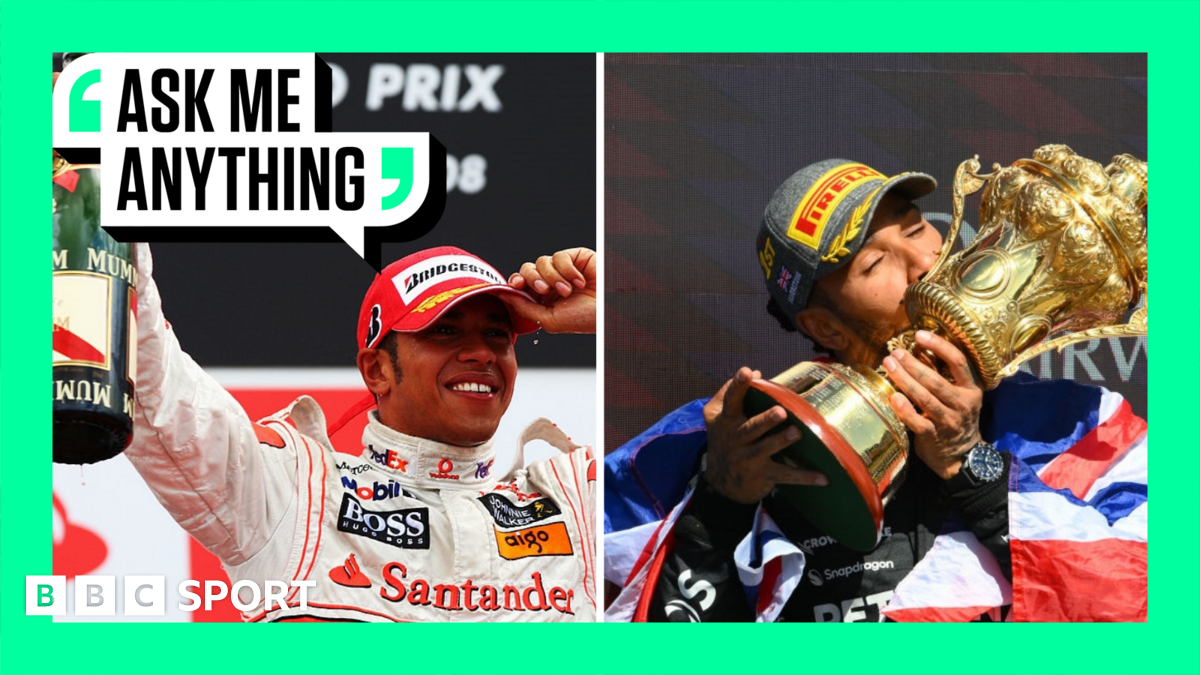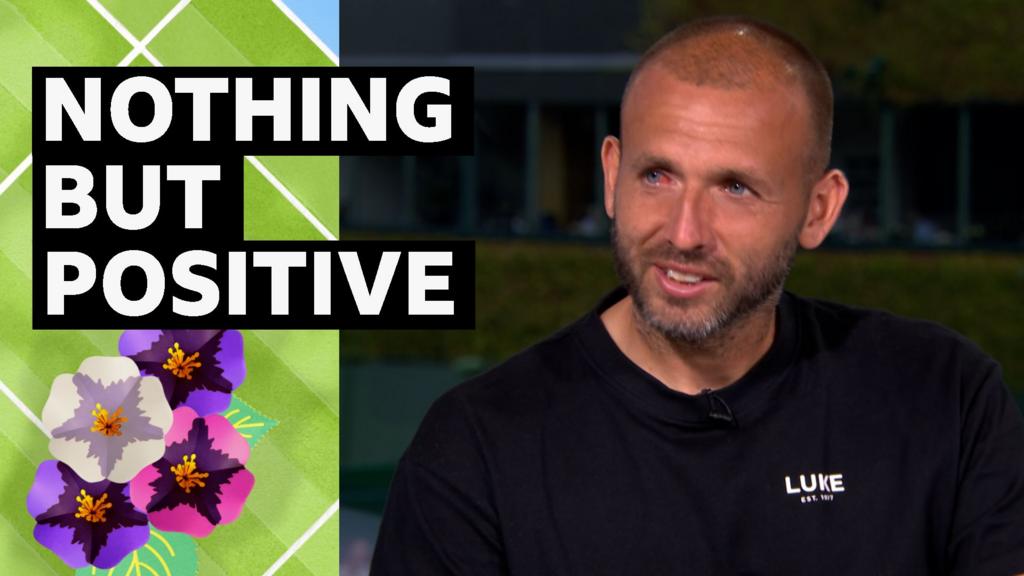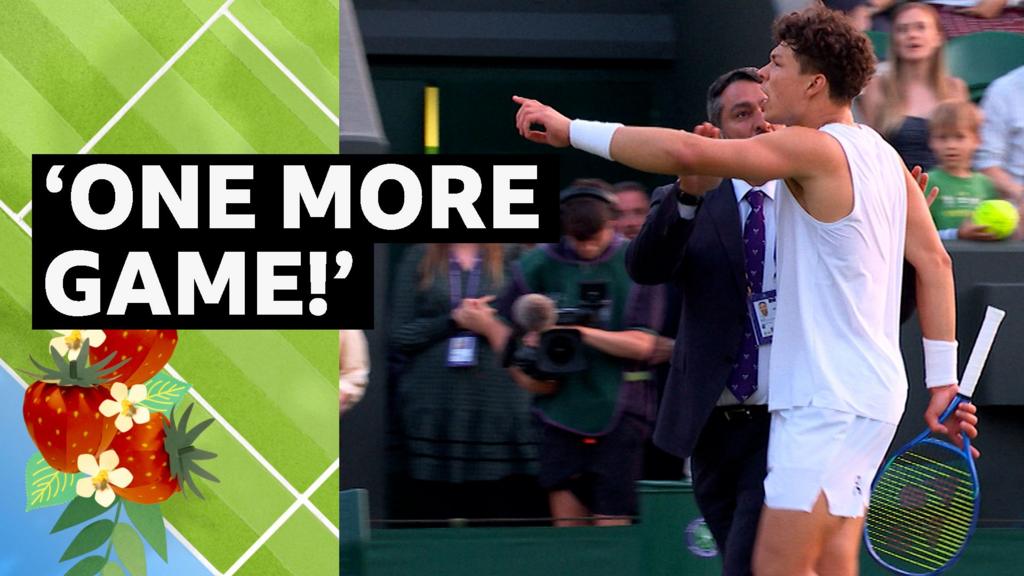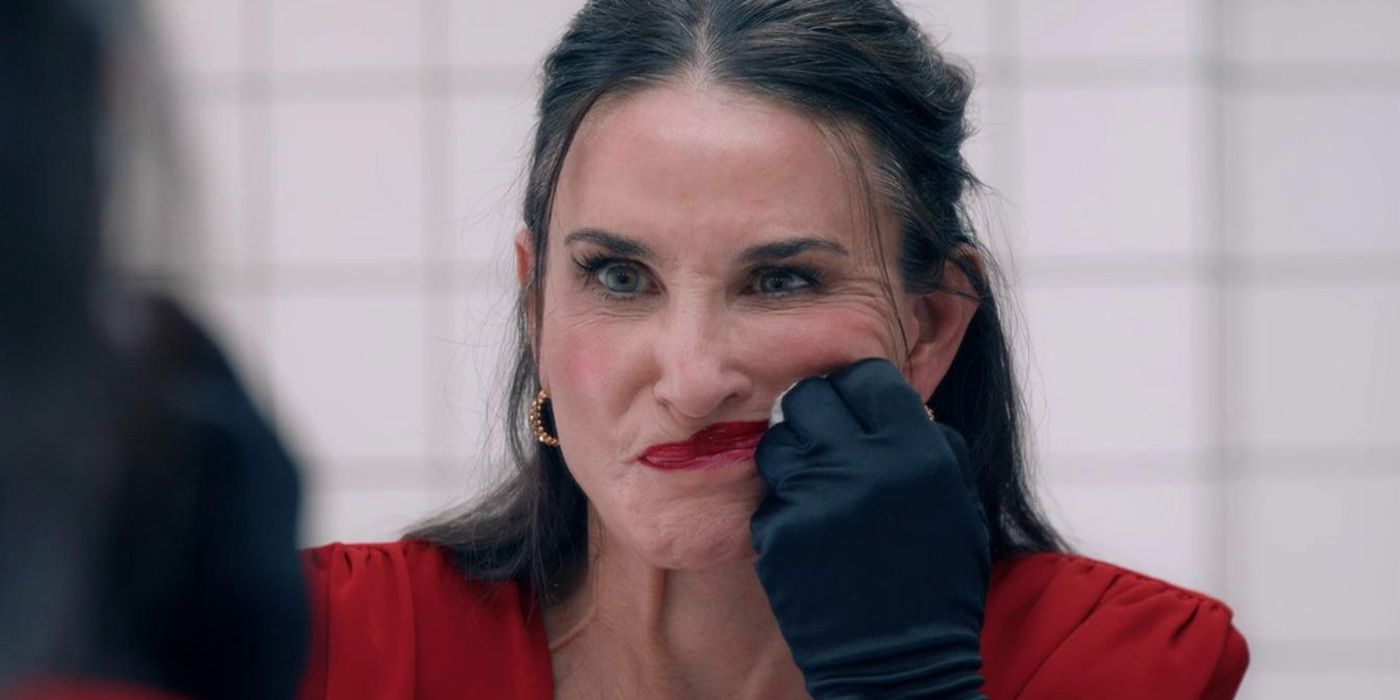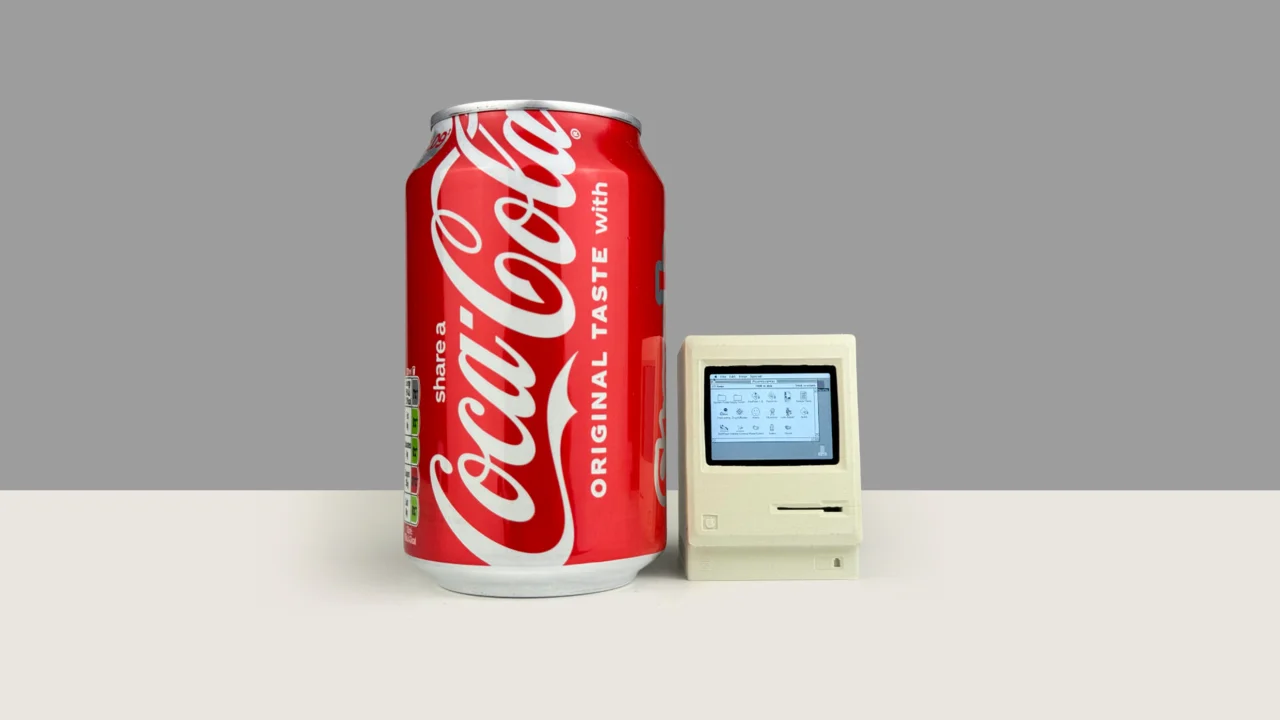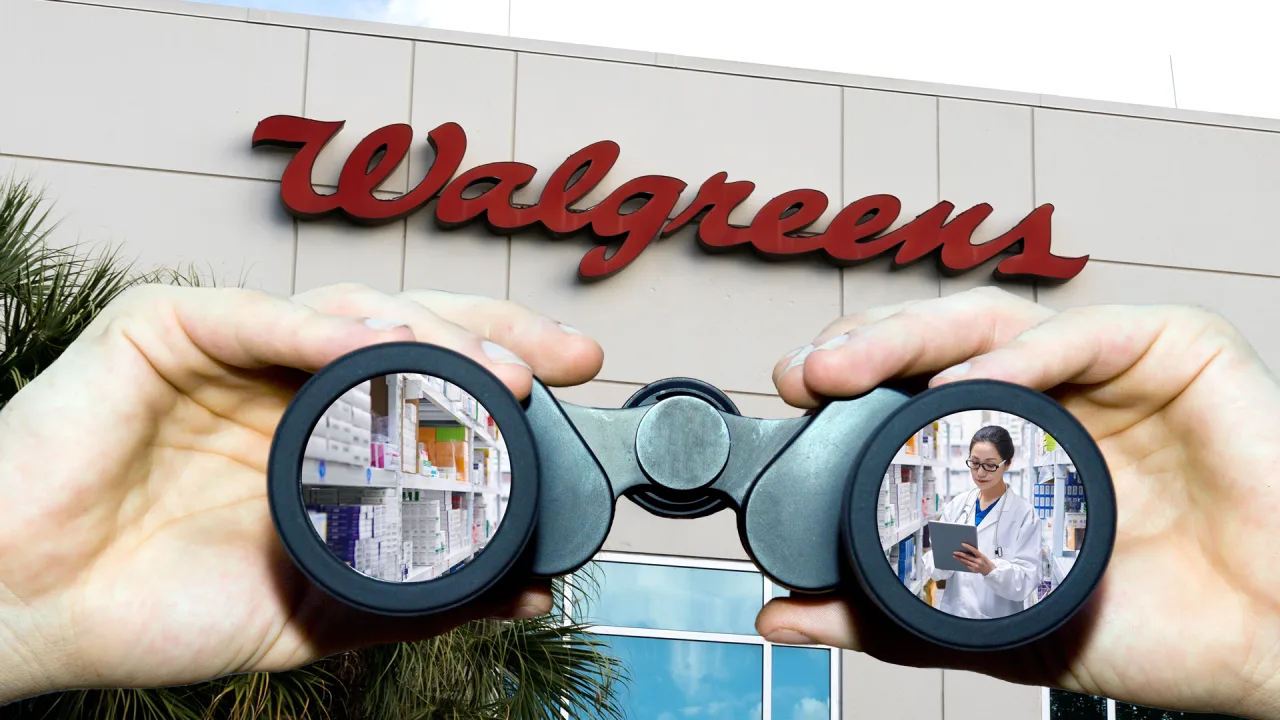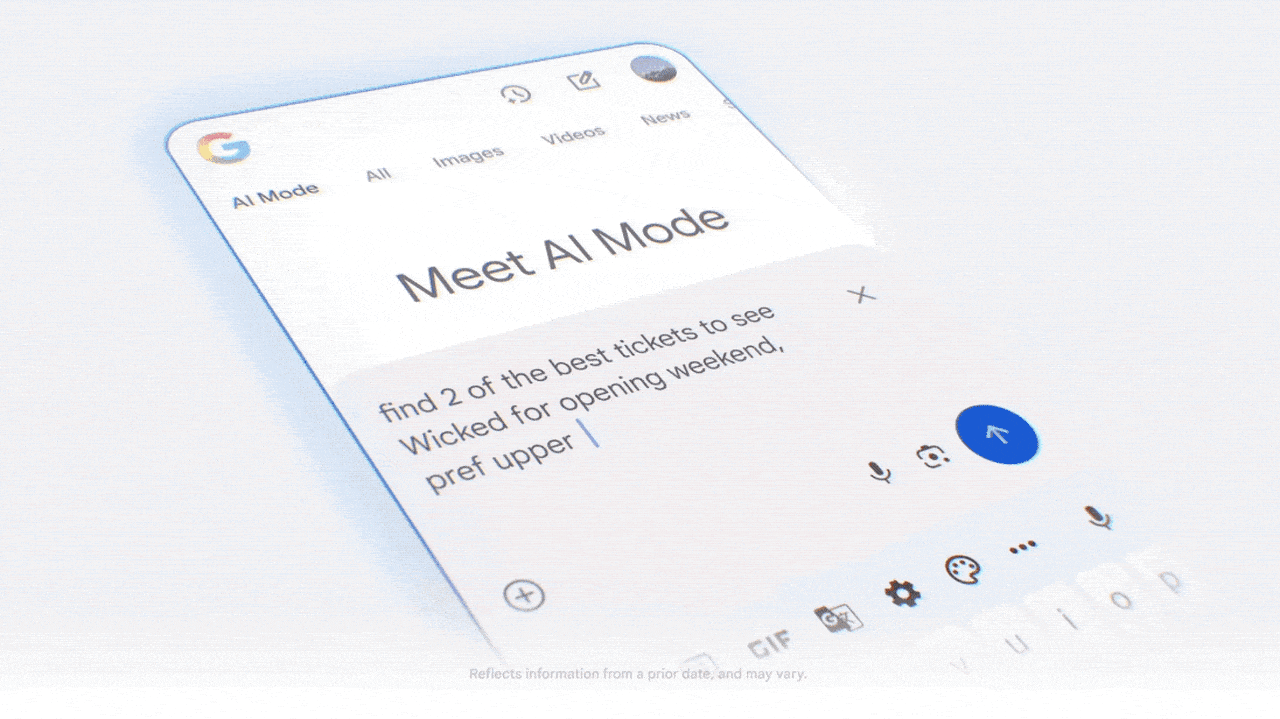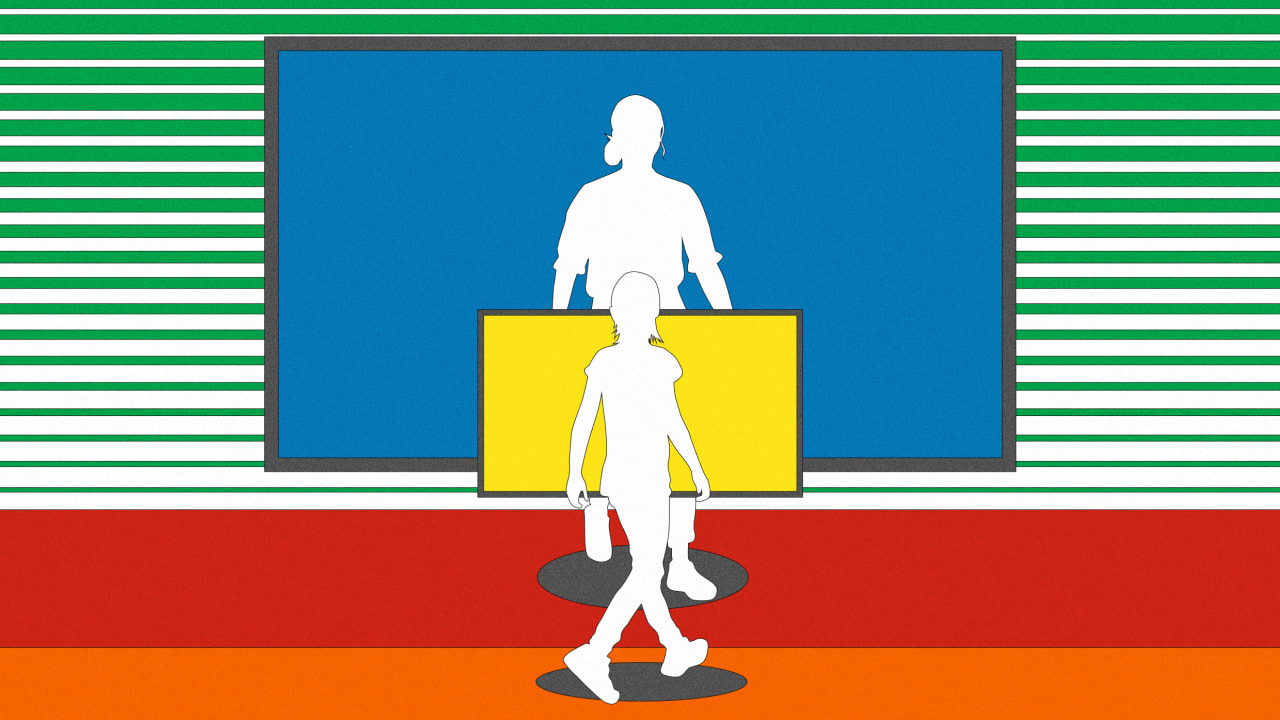Why mission-driven brands build the strongest communities

In today’s business landscape, the most successful brands aren’t just selling products, they’re building movements. They don’t just fill shelves; they shape values. At Michael Graves Design, that shift didn’t happen all at once. It emerged gradually, as our commitment to purposeful, human-centered product design attracted something deeper than customers. It built a community and created competition.
And it’s no accident. Today, our strategic North Star focuses on activities of daily living (ADLs), the essential tasks that allow people to live with independence and dignity, from bathing and eating to grooming and cooking. By designing around these universal needs, but in ways that feel like consumer products and not adaptive equipment, we’ve created products that are intuitive, accessible, and emotionally resonant.
This lens doesn’t limit creativity, it sharpens it. And it has become our most powerful tool for building relevance, resilience, and community.
Mission is more than a marketing tool
“Mission-driven” has become a buzzword. Every brand wants to have a purpose. But for mission to matter strategically, it has to do more than decorate your packaging or animate your social feed.
Our mission is to create everyday products that improve people’s lives. But that mission only became truly actionable when we tied it to something concrete: ADLs. This framework has become our internal compass, pushing us to prioritize utility, dignity, and accessibility in everything we make.
It informs the briefs we make, the retail partners we pursue, and the price points we target. In some cases, it means passing on opportunities that don’t align with our principles. That discipline doesn’t restrict growth, it channels it.
How a brand becomes a community
When your team is aligned around a mission, and your products consistently express that mission, something remarkable happens: People start to organize around your values. They engage not just as consumers, but as participants. They tell their friends. They give feedback. They push you forward.
In our case, this has meant a growing network of collaborators and advocates: occupational therapists who help us understand better ergonomics, consumers with mobility challenges who engage with us and our prototypes, and retail buyers actively seeking more inclusive products. That’s not just a customer base. That’s a strategic community. We call it Design With.
The deeper our engagement with that community, the more insight we gain. What features actually matter? What are we overlooking? What trade-offs are worth making? These are questions focus groups can’t answer on their own—but a values-aligned community will. And now, with decades of experience, our team has a foundation on which every new product gets designed.
The compounding value of purpose
A few years ago, we launched a line of universally-designed home healthcare products. At the time, we knew they were good. What we didn’t expect was the ripple effect.
People started sharing our products not because they were beautiful (they are), but because they made life easier for parents, caregivers, and people recovering from injury. Our inbox filled with stories. We began hearing from health systems, aging-in-place experts, and advocacy groups. They didn’t just want to buy the product, they were asking us to design new products.
In other words, our design work sparked a flywheel of collaboration. And that, more than any campaign or launch strategy, became the engine of our brand’s long-term relevance.
4 lessons for consumer brand leaders
Whether you’re designing kitchen tools, personal care products, or tech accessories, the lessons are the same:
- Anchor in something real. Your mission isn’t a slogan, it’s the answer to “why this, and why now?” For us, that answer is ADLs.
- Design for dignity. If your product doesn’t work for someone with different abilities, perspectives, or needs, you’re leaving value on the table.
- Engage beyond the buyer. The best ideas often come from users who are outside your traditional demographic. Invite them in.
- Let community shape the roadmap. When customers believe in your mission, they want to help build what’s next. Treat that like a strategic asset.
ADLs as a strategic lens
Focusing on activities of daily living gives our team a practical framework to innovate where it matters most. It grounds us in empathy, keeps us close to real users, and unlocks whitespace where other brands might see routine.
It’s easy to get distracted by trends. But when you design around real, everyday human needs, you stay relevant, and build trust that lasts.
Ben Wintner is CEO at Michael Graves Design.
What's Your Reaction?
 Like
0
Like
0
 Dislike
0
Dislike
0
 Love
0
Love
0
 Funny
0
Funny
0
 Angry
0
Angry
0
 Sad
0
Sad
0
 Wow
0
Wow
0




































